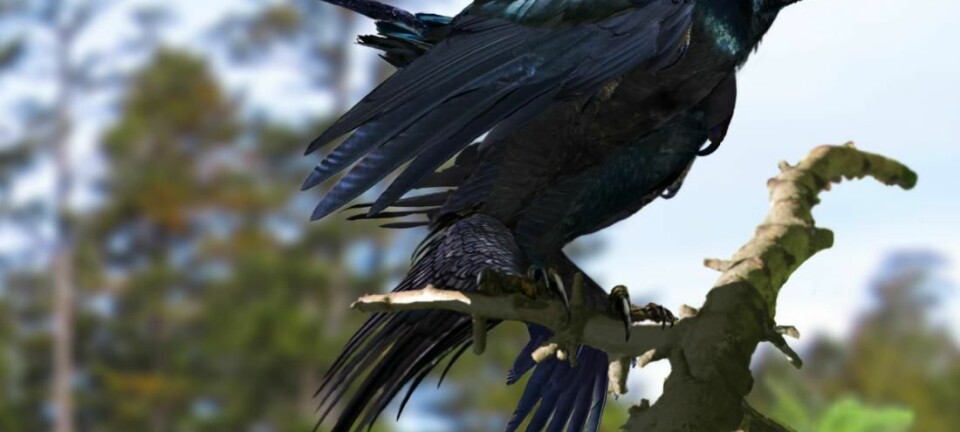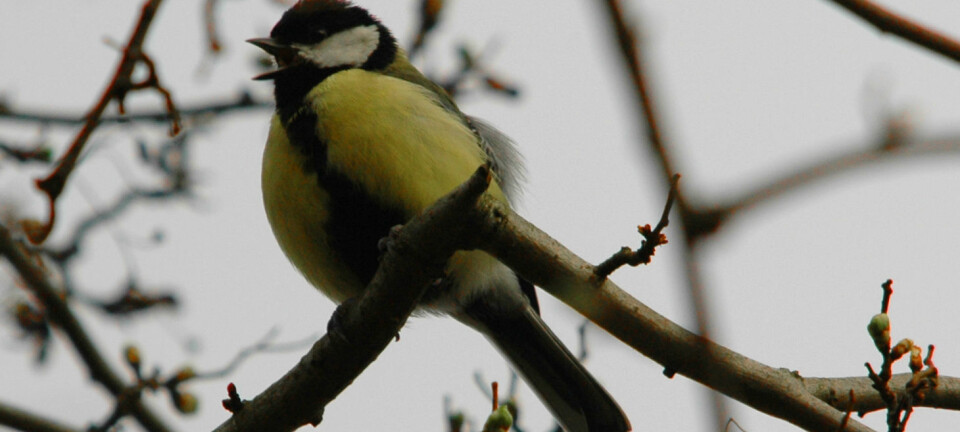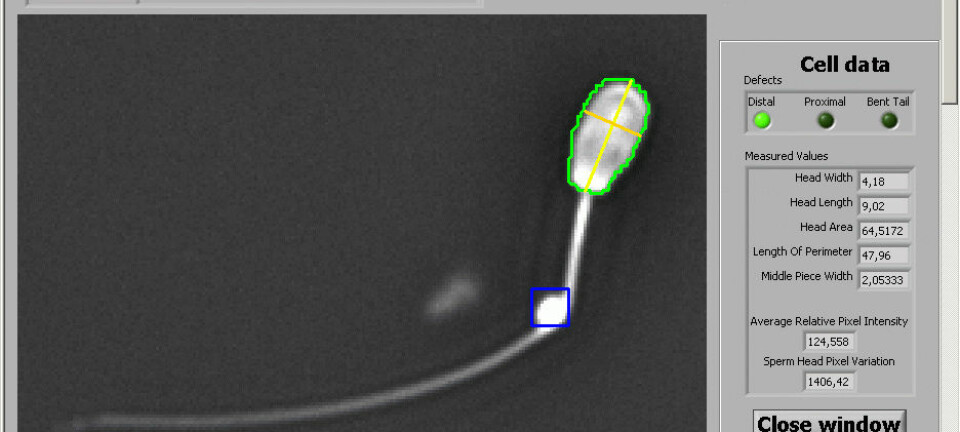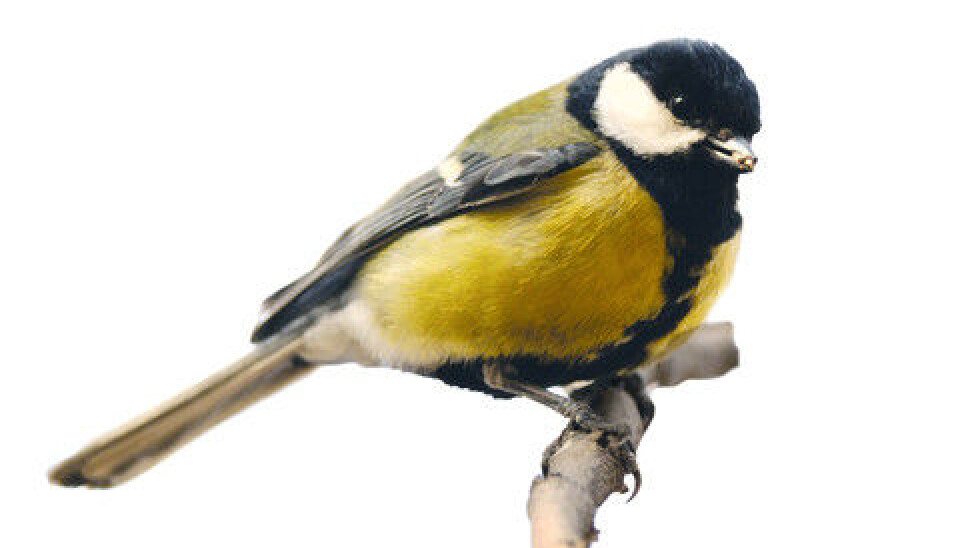
Sperm evolution in songbirds
The sperm of songbirds swim ten times faster than human sperm. Sperm cells are the most variable cells in the whole animal kingdom when it comes to size.
Denne artikkelen er over ti år gammel og kan inneholde utdatert informasjon.
Chris Smith from the Naked Scientists, a British science radio show, recently spent some days in Oslo interviewing Norwegian scientists.
Here he talks to Terje Laskemoen, a zoologist from the Natural History Museum at the University of Oslo.
Chris: Now, we discuss sperm cells that biologist Terje Laskemoen describes as hugely paradoxical.
Terje: They have such a simple task to reach the egg first to achieve the fertilisation, but then it’s the most variable cell, with respect to size, in the whole animal kingdom.
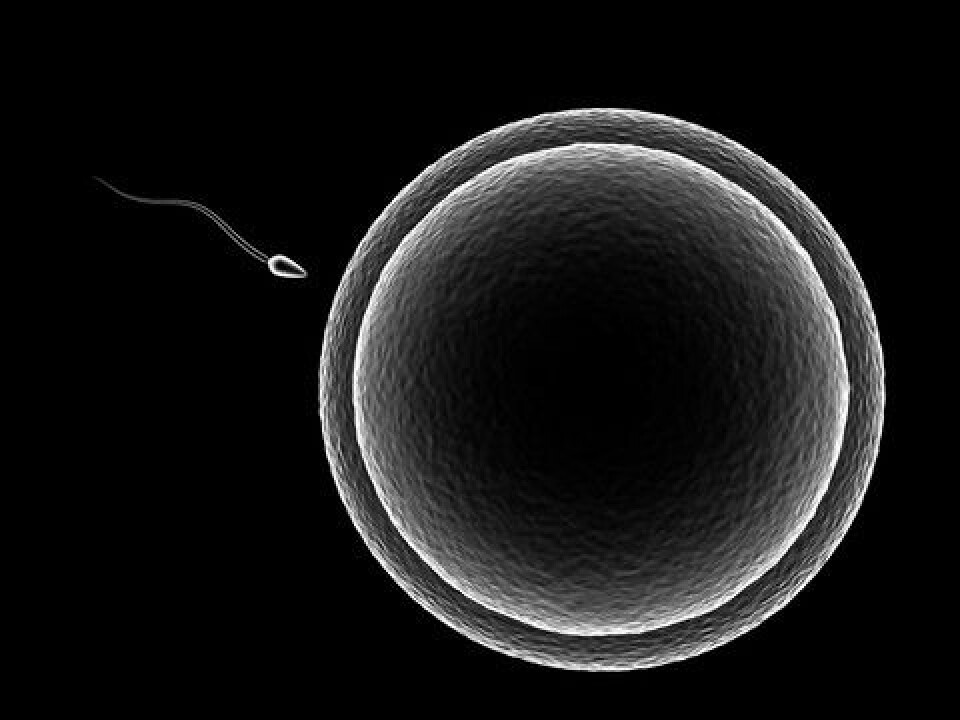
Chris: What are the variations then?
Terje: You have sperm from for instance nematodes, small worms you don't want inside you, which are maybe a couple of micrometres big, to Drosophila sperm reaching almost six centimetres.
Chris: Six centimetres!? but they're flies. They're tiny flies.
Terje: Yeah, that correct. The sperm length is actually 10 times that of the individual.

Chris: Why? And how do they use something like that?
Terje: Well, it’s not fully understood actually why they're that big, but of course, there will be a trade off then. So instead of producing millions or maybe billions of sperm, they have a few but really large ones. And for some bizarre reason, that works in these species, but that's of course an exception.
Ferrari sperm
Chris: And what about in the birds?
Terje: The birds, they have quite special sperm compared to human sperm. People are used to the tadpole thing – rounded head, swimming, beating with their flagella, looking like a tadpole. In birds, the sperm are quite different. They are actually helical-shaped (the head and the midpiece). Their way of moving in the medium is actually to spin around their own axis while also beating their flagella. I like to use the phrase tadpole sperm in humans, Ferrari sperm in birds.
Chris: Are they really faster then?
Terje: They're much faster, definitely. Up to ten times faster, yes.
Chris: And the obvious question then with that dramatic difference is, why?
Terje: I'm working on songbirds only. I had to specify that because sperm from other groups of birds are not necessarily that helical-shaped.
Chris: That's intriguing. Let me ask a question then, are the birds that you're studying, are they – promiscuous?
Terje: Yup, definitely!
Social fatherhood
Chris: So there's a sort of selection – there's a selection going on here because there's a chance that the female bird is putting it about a bit and the males are also putting about a bit. There's a strong competition going on here.
Terje: Yeah, definitely, and that's why this system is so fascinating because you have bird species which are socially monogamous and also genetically monogamous. In those species, we see that sperm is really variable, both within the males and also between the males. Whereas in other bird species, they are socially monogamous, we have a mother and the father siring the offspring, but genetically highly promiscuous. So, males fly around, females accept males coming.
Chris: What fraction if you've got that setup where you've got pairs of birds? What fraction of the offspring of that pair of birds is actually sired by the male in that pairing?
Terje: Yeah, that's really, really variable. So, the extremes are in Australia where up to 80 percent of the offspring are sired by another male than the social male feeding them.
The more competition, the faster they swim
Chris: Okay, so there is massive pressure here to make sure your sperm are the ones that actually are passed on to that generation and that's why they're going for the intense speed?
Terje: Yes, there is a relationship between speeds and the level of promiscuity. The more sperm competition, the faster the sperm swim.
Chris: So intuitively then if the sperm are in that level of competition and speed is of the essence then there's much more pressure to keep the size tightly focused compared with those animals and the birds that you said tend to be more monogamous. There's less pressure so the sperm can get away with a wide of variation in size and speed.
Terje: Yeah, exactly. That's what it points out to right now. Whereas there is a strong relationship between speed and this level of promiscuity, the variation in sperm size is extremely tightly linked. So, say in a monogamous species, genetically monogamous, you have a high variation in sperm size and the more sperm competition, the lower the variation it gets until these extremes in the far end with the really high levels of promiscuity, with the sperm almost looking identical between males. So, we have actually published a paper stating that you can show me your sperm, and I can predict your level of promiscuity.
Chris: Does the same apply to humans? No.
Terje: Well, humans are, I would say moderately promiscuous. We have a species we can compare us to. So say, chimpanzees...
Chris: They're very promiscuous, are they?
Terje: They are more promiscuous and they have faster sperm than we do.
Chris: So it fits the model.
Terje: Yeah, it fits the model and actually, there was a paper published some five years ago on this, looking at chimpanzees, humans and gorillas, and it’s in the predicted direction. So the gorillas have the slowest sperm, humans are in the middle, chimpanzees are the fastest.
Chris: So it’s not just size that's important. Speed is of the essence.
Terje: And then no-one has looked at this variation in sperm size in great apes yet, but there was a recent paper on insects, reporting what we have found. Some people now checked this out in social insects such as bees, bumble bees and ants, and they found the same pattern. So the more sperm competition or higher level promiscuity, the lower the variation in sperm cells.
A gentle massage
Chris: A slightly delicate question to finish. Do the birds oblige when you ask them for sperm samples? How do you get the samples?
Terje: Well, we give them a gentle massage and that's an interesting question because some people, when they ask me what I do, if I want to go the long way, I will start out telling them I'm a biologist, I'm working with birds and so on, and finally get to the point that I'm working on sperm evolution. But on the other hand, I could just tell them that I'm actually masturbating birds for my job.
Terje: But I want to finish off in a more serious manner. The birds, they have these sperm storage organs, just closely to their cloacae that actually makes their cloacae look like a tube in the breeding season when their sperm production is peaking. Those are actually the ones we’re massaging to force the ejaculate out. This is done in five seconds when you're experienced. You can take the blood sample as we do, take the sperm sample, match the wing size, band the bird and release it within a couple of minutes.
Listen to the interview with zoologist Terje Laskemoen from the Natural History Museum







